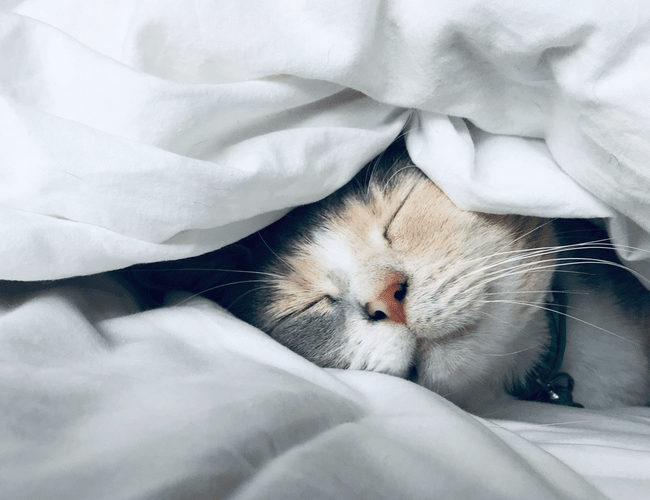All but two kept their hand up, and one who had lowered his hand said he was adopted and did not know about his parents. The opioid blocker naltrexone blocked the poststress increase in alcohol consumption. Among https://mytopgear.ru/topgear/richard-hammonds-top-gear-uncovered-dvd/ trauma-exposed participants, re-experiencing symptoms were present in 72 participants (52%), hyper-arousal symptoms were present in 51 participants (37%) and avoidance/numbing symptoms were present in 47 participants (34%). At an average of 30.0 years of age (SD 10.2), female participants were significantly younger than their male counterparts at 36.2 years of age (SD 9.9).
Disorders
This instrument has https://ocigturizm.ru/tajskoe-pivo-nazvaniya-sorta-osobennosti-vkus-i-kachestvo/ demonstrated reliability and validity in a similar setting to this study 45. The conversion table available in the Nepali version of the CIDI questionnaire was used to calculate standard units of drinks in units of ethanol. Thus, a bar-served glass of Raksi (distilled local drink) was considered 2 units of ethanol and 1 mana (approximately 0.55 L) of Jand (domestically fermented beverage) was calculated as containing 3 ethanol units.

Post navigation

If 100 people have a traumatic experience, around 10 percent of those people will get chronic PTSD with intrusive flashbacks that they cannot control, Anderson said. Age plays a role in your memory insomuch as you need to continually remember an event in order to keep the memory strong. You tend to recall recent events because they’re more pertinent to everyday existence, so some of your older memories start to fade.
Other Mental Health Issues
- Alcohol-induced blackouts are often confused with passing out from alcohol,but blacking out and passing out are very different states of consciousness.
- Between six and eight of every ten (or 60% to 80% of) Vietnam Veterans seeking PTSD treatment have alcohol use problems.
- In an animal study (Volpicelli et al. 1986), we have shown that the opioid blocker naltrexone can prevent increased alcohol consumption following trauma.
- Women who have PTSD at some point in their lives are 2.5 times more likely to also have alcohol abuse or dependence than women who never have PTSD.
- When Margaret was 16 she was involuntarily hospitalized following a suicide attempt, and subsequently became involved in a sexual relationship with a male patient who forced her to participate in group, sadomasochistic sex several times during a 6-month period.
If a loved one is experiencing co-occurring PTSD and alcohol use disorders it is important to know how to get them the treatment they need. Understanding the role of dissociation in PTSD blackouts is crucial for developing effective treatment strategies. Therapies that focus on increasing awareness of dissociative tendencies and developing skills to remain grounded in the present moment can be particularly helpful in managing and reducing the frequency of blackouts. “Anything that causes damage to the brain, whether temporary or permanent, can cause memory loss if the damage is in the right spot,” states Dr. Streem.
Mixing Weed and Alcohol: Effects and Risks
- The symptoms of PTSD blackouts can vary widely among individuals, but common experiences include feelings of disorientation, confusion, and a sense of lost time.
- Someone in a blackout will have no memory of having been given three words to remember and may think you are playing a trick on them.
- Although the mechanism ofalcohol-induced blackouts is now known, our understanding of the specificneurobiological vulnerability and why some individuals are more likely toexperience alcohol-induced blackouts while others are not has been an area ofgrowing interest.
- One common type is dissociative amnesia, which involves the inability to recall important personal information, often related to traumatic events.
Those with PTSD may use alcohol to dampen traumatic memories or “escape” from symptoms of PTSD (Brady, Back, & Coffey, 2004). Specifically within college students, individuals drank more on days characterized by higher anxiety, and students were more likely to drink to cope on days when they experienced sadness. Further, drinking to cope has been shown to moderate the relationship between anxiety and alcohol consumption (O’Hara, Armell, & Tennen, 2014). Other research has linked emotion dysregulation to alcohol-related consequences (Dvorak et al., 2014; Magar, Phillips, & Hosie, 2008). Trauma exposure and posttraumatic stress disorder (PTSD) are common among college students, and PTSD frequently co-occurs with other mental health disorders (American Psychiatric Association, 2013).
- Cognitive behavioural therapy is a form of psychotherapy focusing on identifying and changing negative thought patterns that can influence one’s behaviour and emotions.
- This leads to gaps in recalling events that occurred while they were intoxicated.
- In this way, drinking can compensate for the endorphin withdrawal that follows a traumatic experience.
- Special populations, such as women, may be at particular risk for trauma-induced, co-occurring alcoholism and psychopathology.
Do People Use Alcohol to Cope with PTSD?

This emotion dysregulation may cause these individuals to misuse alcohol to alleviate negative emotionality. Studies show that the relationship between PTSD and alcohol use problems can start with either issue. For example, people with PTSD have more problems with alcohol both before and after they develop PTSD. http://www.columb.net.ua/news/5478/ Also, drinking problems put people at risk for traumatic events that could lead to PTSD. Data from theDepartment of Veterans Affairsindicates that as many as 63 percent of veterans diagnosed with alcohol use or other substance use disorder also meet the diagnostic criteria for PTSD.